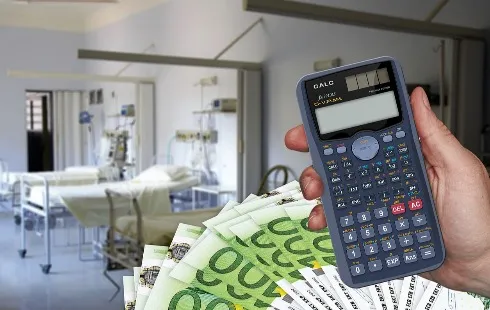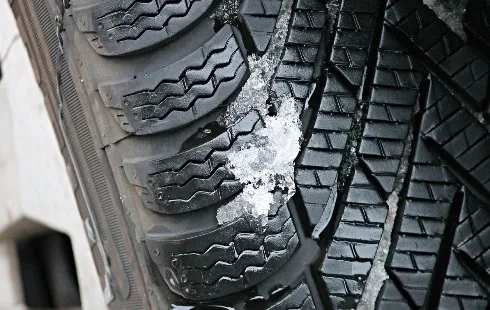
8HoursMining cloud mining platform, daily profits up to $9,337
Section: Business
Germany has emerged as the primary destination for counterfeit goods within the European Union, resulting in significant financial damages for domestic businesses, according to recent data from industry associations and EU authorities.
Each week, German customs officials intercept an estimated 144,000 packages containing counterfeit products. These items range from video games and software to clothing, children's toys, fashion accessories, cosmetics, and fragrances. Large online platforms are the chief distribution channels for these illicit goods, with most shipments originating from countries such as China and Turkey.
Substantial Economic ImpactIndustry groups estimate that the annual financial loss to German manufacturers and brands exceeds eight billion euros, a figure that likely underestimates the true scale due to undetected cases. Brands recognized for their quality and reputation, such as those in the fashion, household goods, and confectionery sectors, are particularly targeted by counterfeiters seeking to exploit their global prestige.
Data recently published by the European Union Intellectual Property Office (EUIPO) highlighted that, in 2024, authorities across Europe seized approximately 112 million counterfeit items at external borders and within the EU's internal market. While this represents a decrease in the number of seized items compared to the previous year, the total estimated retail value of these goods reached a new high of 3.8 billion euros. Germany accounted for roughly a quarter of the total value of seized goods at EU borders, more than any other member state.
Types of Goods Most Frequently CounterfeitedCounterfeit CDs, DVDs, and video games represent the largest share of intercepted items, comprising around one third of all seizures. Toys follow closely, accounting for approximately 18 percent, with apparel, fashion accessories, tobacco products, and cosmetics also appearing prominently in customs reports.
Despite ongoing enforcement efforts, only a small fraction of detected counterfeit shipments lead to legal proceedings. Recent figures reveal that less than one percent of intercepted counterfeit items in Germany result in court cases. Most confiscated goods are destroyed upon seizure.
Challenges in EnforcementThe proliferation of online commerce and technological advances have made it easier for counterfeiters to manufacture and distribute increasingly sophisticated fake products. Limitations in personnel and resources at customs and market surveillance agencies further complicate enforcement. Industry organizations and retailers are calling for enhanced border controls, the elimination of customs exemptions for low-value shipments, mandatory registration for all incoming parcels, and stricter liability rules for online marketplaces.
Additionally, they advocate for the prohibition of relisting previously removed counterfeit goods online. The German Retail Association has warned that continued unfair competition from counterfeit products threatens thousands of domestic jobs and puts legitimate businesses at risk.
Risks for ConsumersBeyond economic consequences, counterfeit goods pose significant health and safety risks to consumers. Many of these products are produced without adherence to safety or quality standards and may contain hazardous substances. Consumers who receive counterfeit items are encouraged to report the matter to law enforcement and notify the operators of online platforms. While purchasing counterfeit goods is generally not a criminal offense for buyers in most EU countries, reselling them is prohibited, and rights holders can pursue legal action against producers and sellers.
The ongoing influx of counterfeit goods into Germany underscores the need for coordinated action among regulators, online marketplaces, and industry stakeholders to safeguard both businesses and consumers from the adverse impacts of product piracy.

Section: Business

Section: Arts

Section: Politics

Section: Health Insurance

Section: News

Section: News

Section: News

Section: Arts

Section: News

Section: Arts
Health Insurance in Germany is compulsory and sometimes complicated, not to mention expensive. As an expat, you are required to navigate this landscape within weeks of arriving, so check our FAQ on PKV. For our guide on resources and access to agents who can give you a competitive quote, try our PKV Cost comparison tool.
Germany is famous for its medical expertise and extensive number of hospitals and clinics. See this comprehensive directory of hospitals and clinics across the country, complete with links to their websites, addresses, contact info, and specializations/services.
Curated by Fried Dähn and Thomas Maos, this event is part of the Sonic Visions series, featuring an engaging performance that intertwines sound, music, and visuals. This edition presents THE WATS, a narrative where three travelers in the desolate, apocalyptic landscapes of New Zealand encounter a...



No comments yet. Be the first to comment!